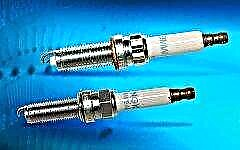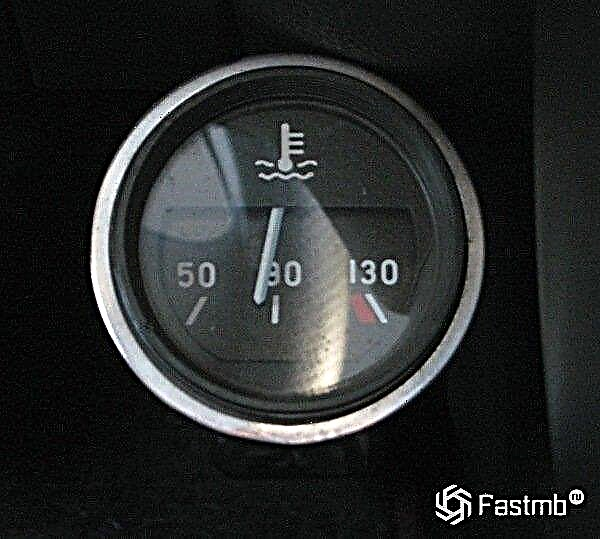Many car owners are tormented by the question - is it necessary to warm up the engine? The article describes in detail all the pros and cons of this action. Many car owners are tormented by the question - is it necessary to warm up the engine? The article describes in detail all the pros and cons of this action.

In any case, it is necessary to warm up the engine, but it must be done correctly. There are several ways, we will consider them below, but for now let's see why you need to warm up the engine.
More than 60% of powertrain wear occurs while it is operating at low temperatures. In order to minimize losses, one must choose, as they say, choose the lesser of two evils. When we start a cold engine, the oil in it, as a rule, is already completely glass into the engine crankcase, so the oil pump takes some time for the lubricant to reach the rubbing parts. As a rule, this takes about 5-7 seconds.
So, at this time, the engine parts rub against iron. Of course, this cannot have a positive effect on the dynamics of the car and other things. Unfortunately, there is no way to make the oil flow faster to its destination other than by making it thinner. This, in turn, will impair the lubricating properties, so only keep losses to a minimum.
Warming up the engine in place

The question whether it is necessary to warm up the injection engine is quite simple to answer. In our country, foreign-made cars with an injection system are no more than 15-20 years old, but car owners, and many, to this day do not know the principle of operation of such a power unit.
In principle, it is logical that the engine began to warm up on the spot. Thus, he practically does not receive a load, of course, not counting cold oil, cold fuel and other things. But the trouble is that the engine then warms up only by itself. In the practice of researching a car and its operation, fuel consumption was calculated, but the wear of parts was not considered at that time. And how can you evaluate it?
Correct engine warm-up in place has been developed for carbureted engines that have a so-called "suction". This is the thrust that closes the air damper, after which the mixture becomes rich. Such a mixture emits more energy during combustion, but it is cold, because it is not for nothing that the optimal temperature regime for the operation of an internal combustion engine is considered to be 87-90 degrees. Of course, current engines, for example Opel, work at 102-105 degrees, but these are already special cases.
The main disadvantage of warming up in place is that only the engine warms up, and the transmission, that is, the gearbox and the drive axle, if any, remain cold. Therefore, with this method, it is advisable to switch the lever 2-3 times before driving. In addition, the operating time in aggressive mode is extended.
Warming up the engine in motion

The main advantage of this method of warming up a car is time. That is, the engine is experiencing a small load, if it is observed, this is not critical. There are several points that are sufficient to comply with in order to keep your engine safe and sound:
- Avoid speeds over 30 km / h. If this is not possible, it is better to refrain from warming up in motion at all.
- No higher than second gear. Each gear above has a lower gear ratio. Hence the increased load on the shafts, gears and bearings, which are not very well lubricated in cold oil.
- Not higher than 2500-3000 revolutions. There is practically no need to explain anything. The higher the RPM, the higher the speed, the load on the engine, and so on. This is perhaps the most important point that is categorically contraindicated to violate, the consequences can be unpredictable, starting with minor breakdowns and ending with scuffing on the cylinders.
Many may assume that on site the engine is operating under the same conditions, only without load. But, as mentioned above, if it takes about 12-15 minutes to warm up the car on the spot, then on the go this procedure will require no more than 5-7 minutes. Therefore, the remaining 8-10 minutes the engine will operate in less aggressive conditions. Recently, in the instructions for cars, manufacturers have recommended just this way of warming up.
Conclusion
Perhaps this is where we can finish. Unfortunately, at the moment, no research has been carried out that would confirm or deny the effectiveness of this or that method of warming up a car engine. Here everyone chooses for himself. We only gave arguments, but there was no way to force someone or to agree on goals.











